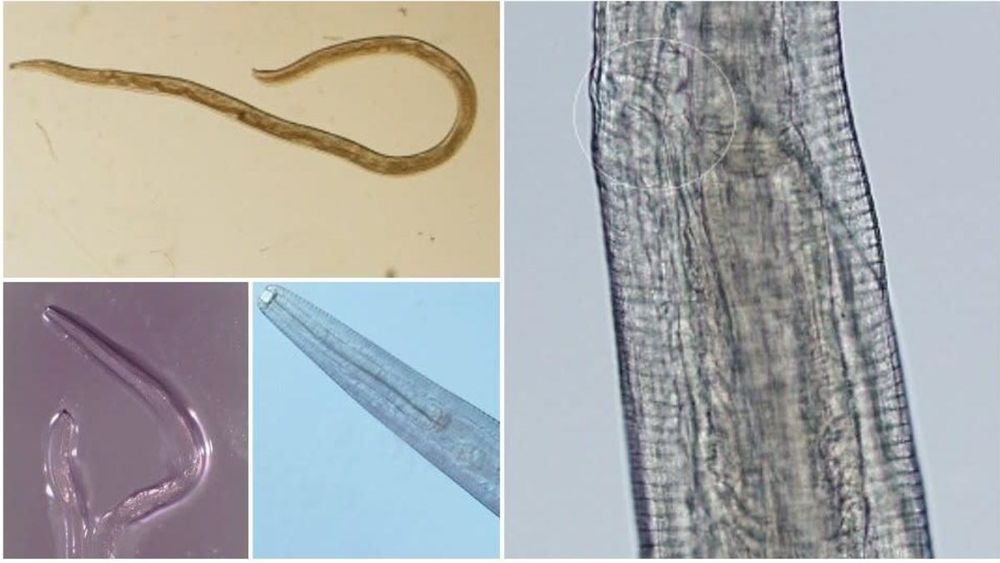Nov 6, 2019
Theoretical spin battery could see magnet powered cars
Posted by Quinn Sena in categories: biotech/medical, chemistry, computing, nanotechnology, sustainability
Circa 2009
March 19, 2009 Researchers at the University of Miami and at the Universities of Tokyo and Tohoku, Japan, have been able to prove the existence of a “spin battery,” that could have significant applications including much faster, less expensive and use less energy consuming computer hard drives with no moving parts, and could even be developed to power cars.
A “spin battery” is “charged” by applying a large magnetic field to nano-magnets in a device called a magnetic tunnel junction (MTJ). Like a toy car, the spin battery is “wound up” by applying a large magnetic field — no chemistry involved.
Continue reading “Theoretical spin battery could see magnet powered cars” »


















